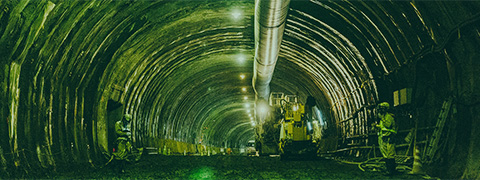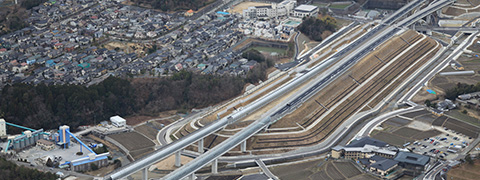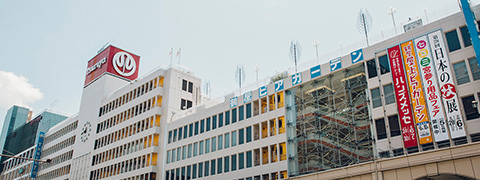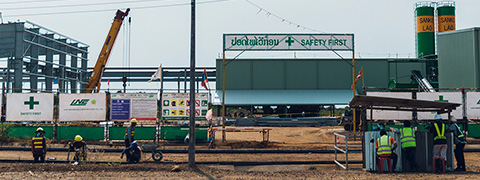
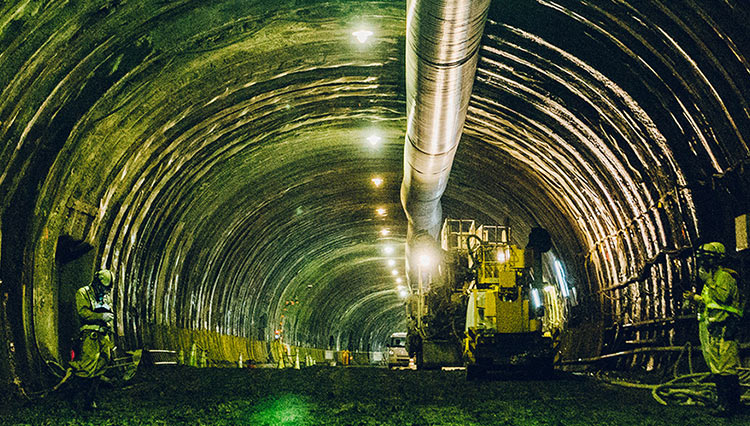
Overcoming difficult challenges through continuous dialogues regarding the geological layer
Kanazawa Tokan Gosho Tunnel (Phase 2) Project
Tunnel excavation is a struggle with a geological layer, which includes the Gosho Tunnel (Phase 2) Project. We worked at the project site with a determination to tackle a variety of difficult challenges as opportunities to grow, without giving up.
Kanazawa Tokan Gosho Tunnel (Phase 2) Project
Hokuriku Development Bureau, Ministry of Land, Infrastructure, Transport and Tourism
Kensetsu Gijutsu Center, Ltd.
From part of Osaka-machi to part of Gosho-machi in Kanazawa, Ishikawa
January 28, 2014 to March 30, 2017
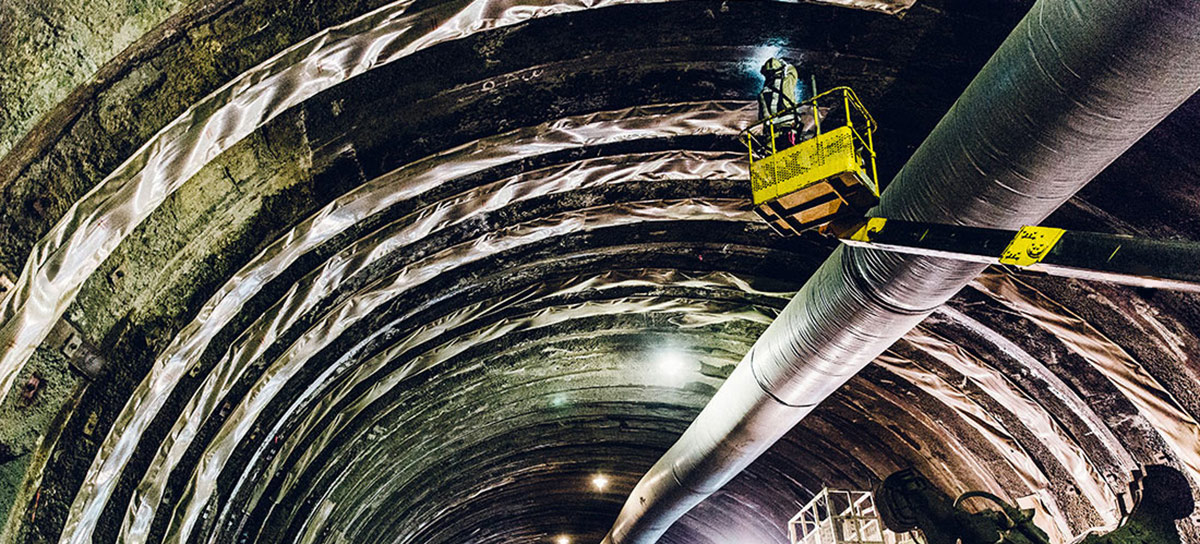
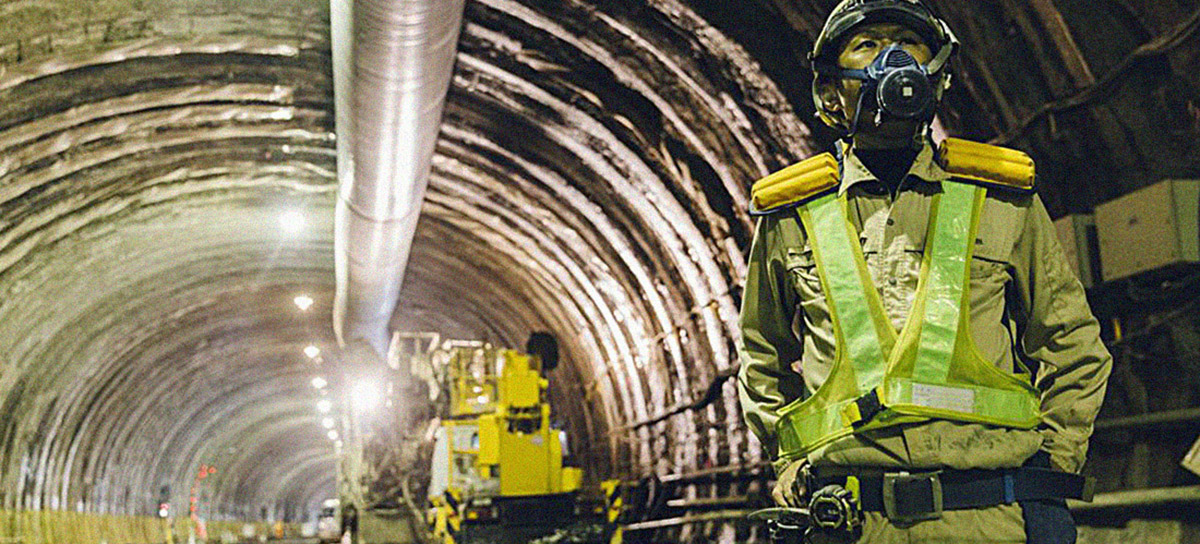
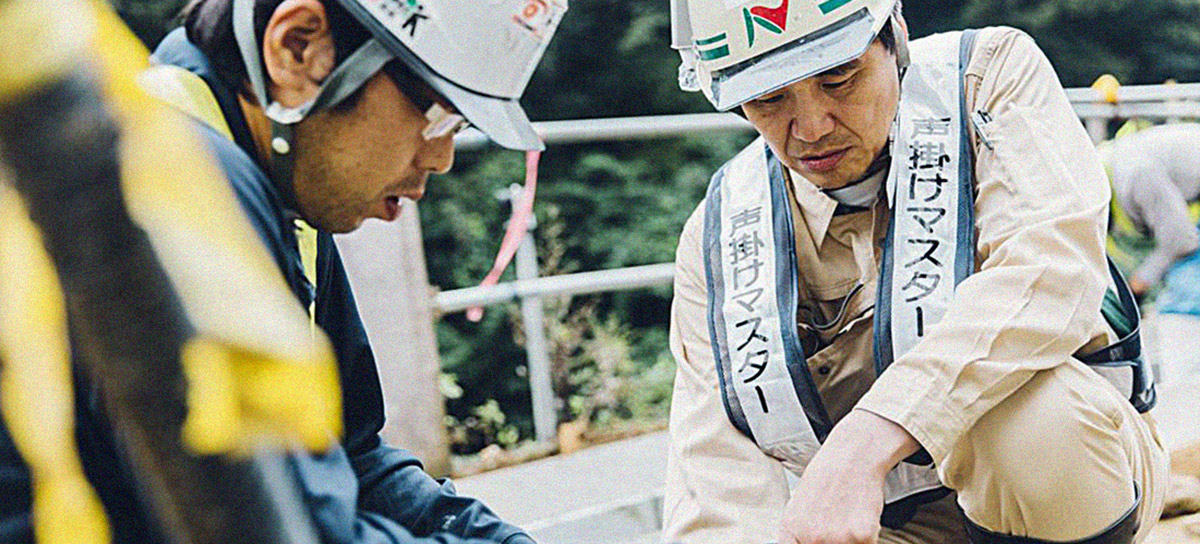
In the Gosho Tunnel (Phase 2) Project, we constructed a 490-meter tunnel as part of the Kanazawa Tobu Kanjo Doro (East Kanazawa loop road), part of Route 159. This road is part of the Soto-Kanjo Doro (outer loop road; length: approx. 45 km) around Kanazawa. It is a 9.4-km regional highway, which starts from Ima-machi, Kanazawa, passes through the hilly area to the east of the city center of Kanazawa, and ends at Suzumi crossing (Suzumidai, Kanazawa).
The road functions as part of the Soto-Kanjo Doro surrounding the urban area of Kanazawa (also called Yamagawa Kanjo or mountain-side loop road). It diverts traffic from the center of Kanazawa, contributing greatly to easing traffic jams.
The high point was the excavation of the Omma Formation.
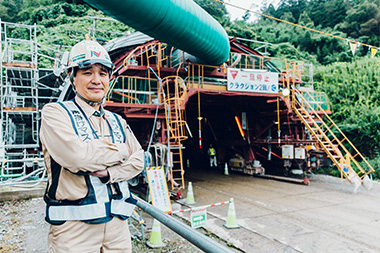
The high point of this project was the excavation of the Omma Formation.
The Omma Formation is a geological layer that runs from Kanazawa to Oyabe, Toyama. The soil was deposited in the shallow sea during the Early Pleistocene period (approx. 1.8 million to 800,000 years ago). It is famous worldwide for the frequent discovery of fossil shells.
Geologically, the Omma Formation was not sufficiently subject to diagenesis. Therefore, in terms of engineering, it is in an unconsolidated state. Because the tunnel excavation was planned in a layer, we began to study the construction plan before the groundbreaking, by referring to case examples of tunnel excavation in the vicinity of the project site.
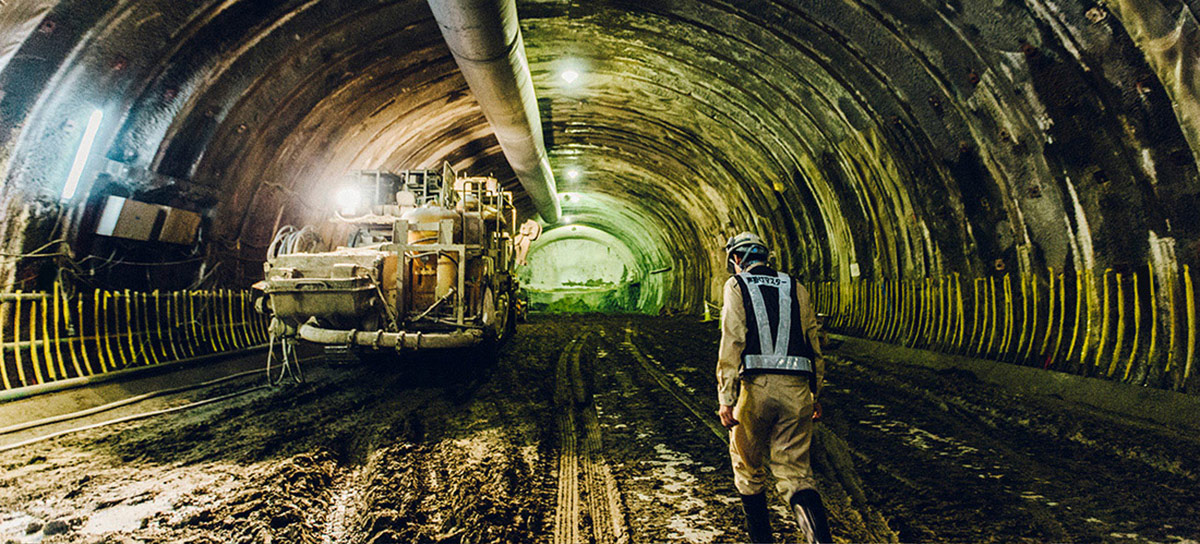
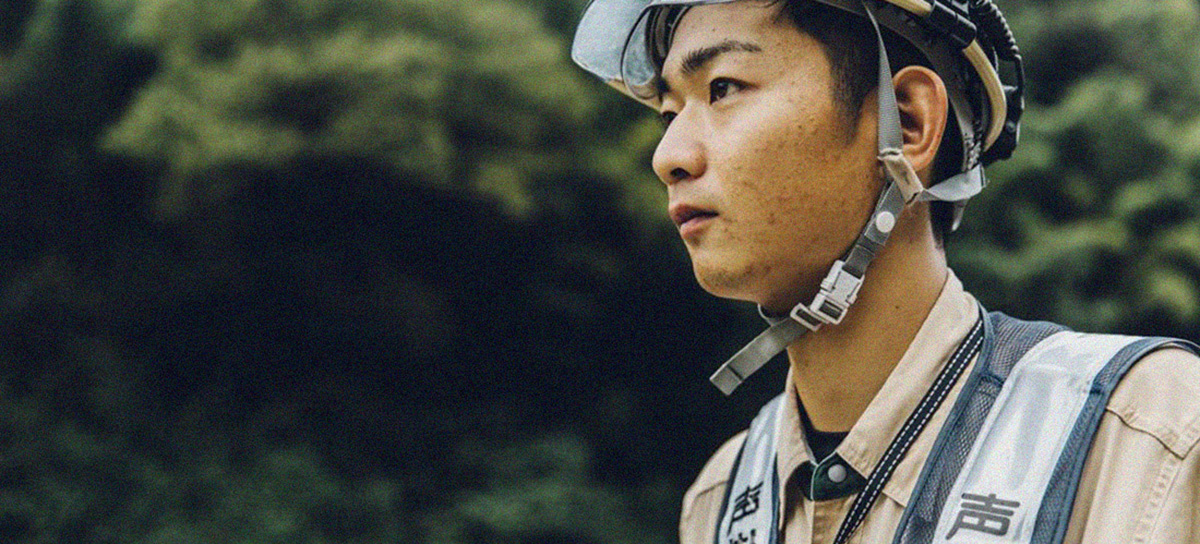
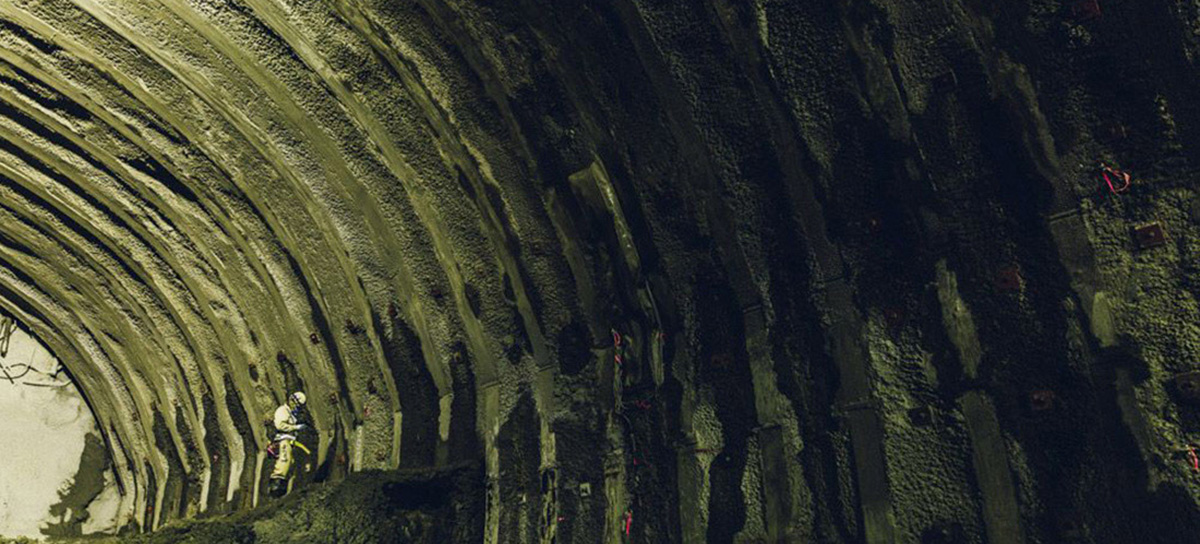
Continuing careful daily dialogues with the geological layer
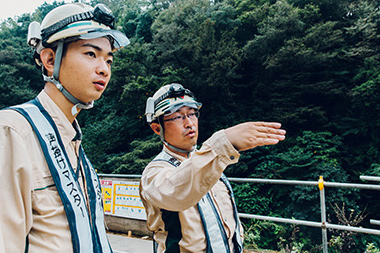
To excavate a tunnel safely, we began the constriction work with a determination to apply more supplementary construction methods than usual, with a readiness to continue careful dialogues with the geological layer.
“It was extremely difficult to excavate the Omma Formation. We therefore proceeded with the construction work with extreme care,” said Foreman Yamada.
To stabilize the face, we proceeded with the excavation by taking measures such as applying the Long Distance and Small Caliber Forepiling method at short intervals.
To further stabilize the geological layer, we repeatedly held consultations with our partner companies and internal related persons and began works such as the insertion of reinforcing steel bars and chemical injections for solidifying the ground.
Mr. Yamada and all related people focused on the completion of the tunnel by continuing careful daily dialogues with the geological layer, with a strong determination to pay maximum attention to safety and proceed steadily with the construction work. Even when we face a variety of events or challenges, we overcome them by carefully proceeding with work. The hands-on capabilities of Nishimatsu are also demonstrated here.






